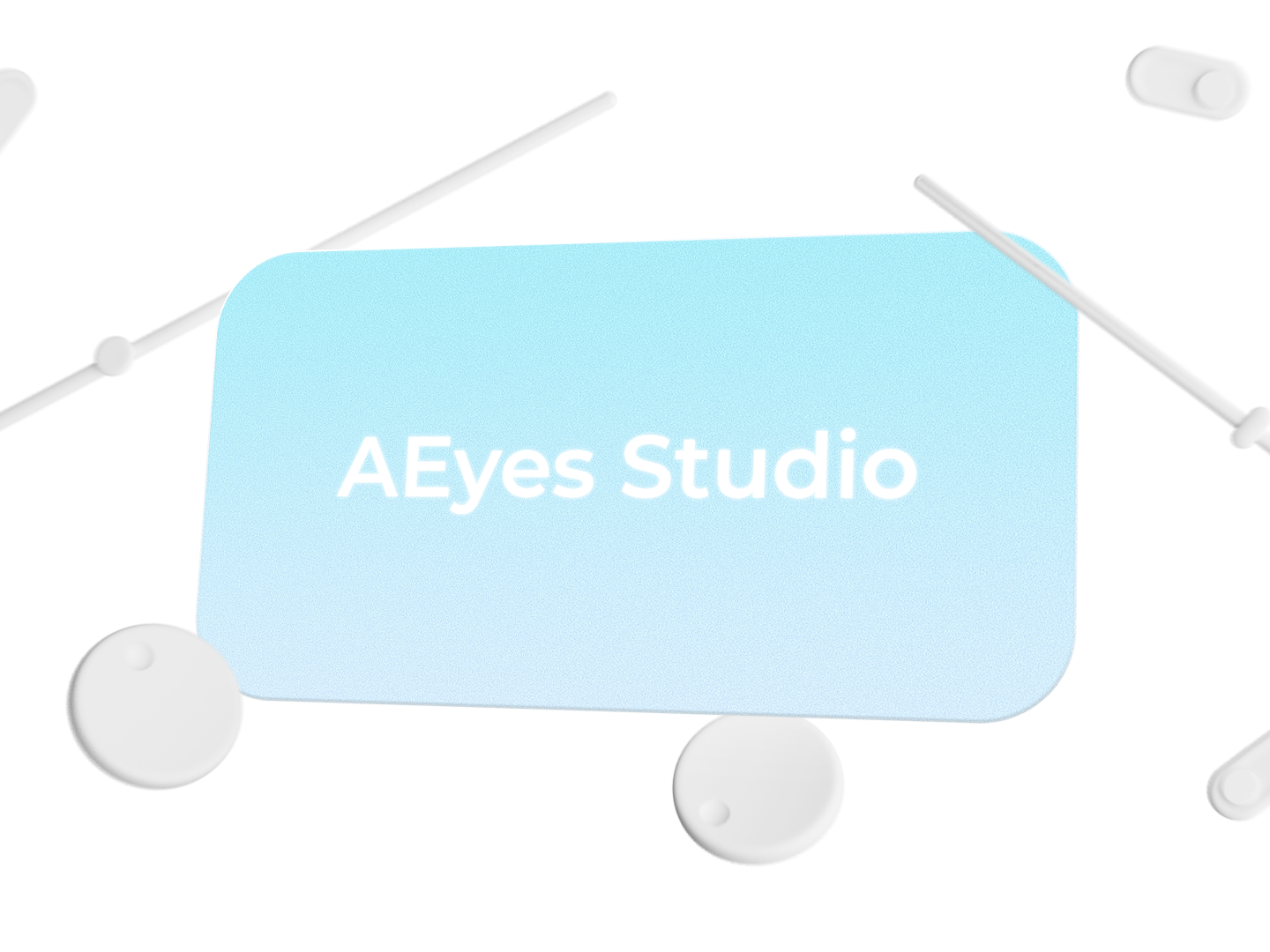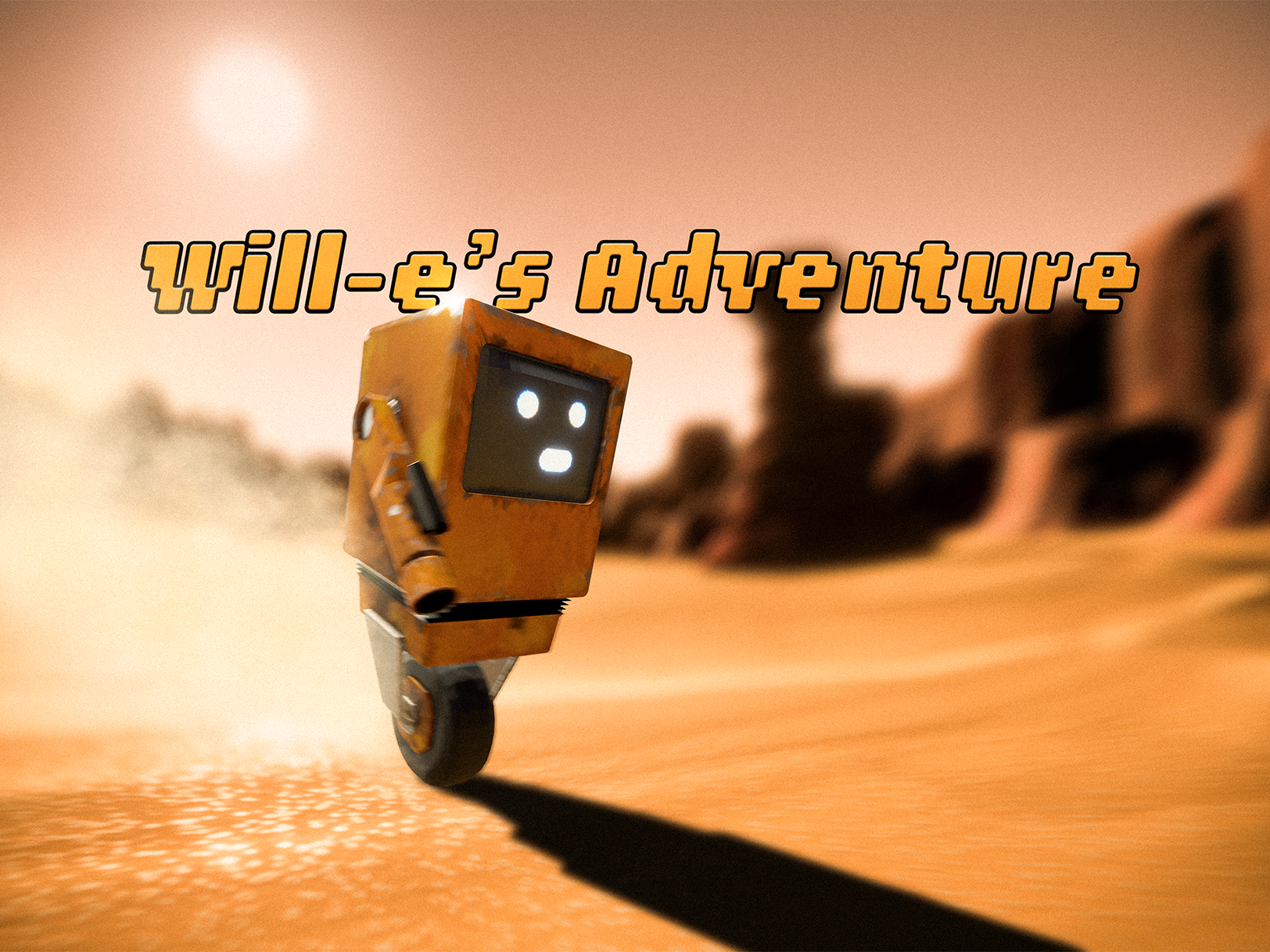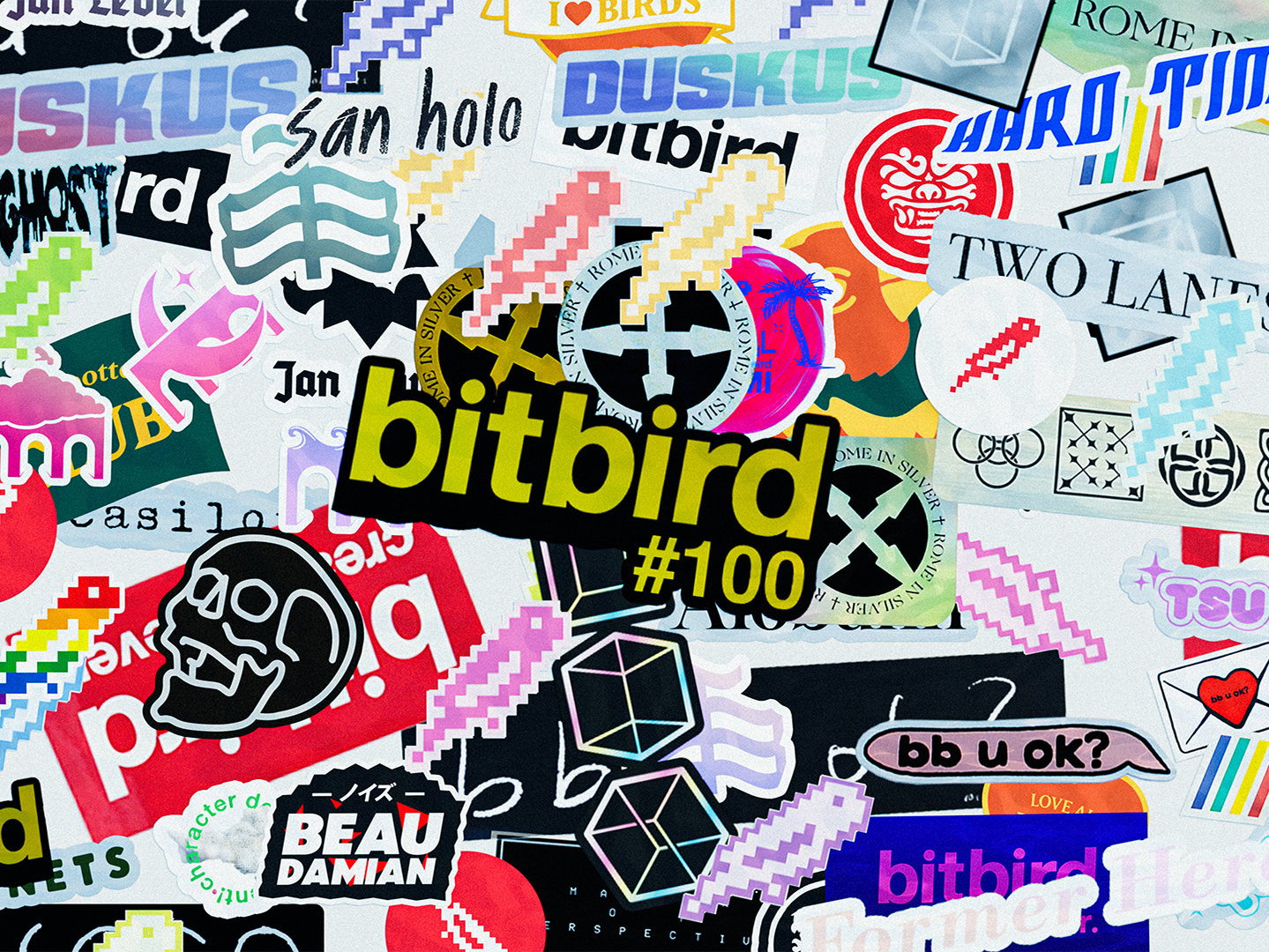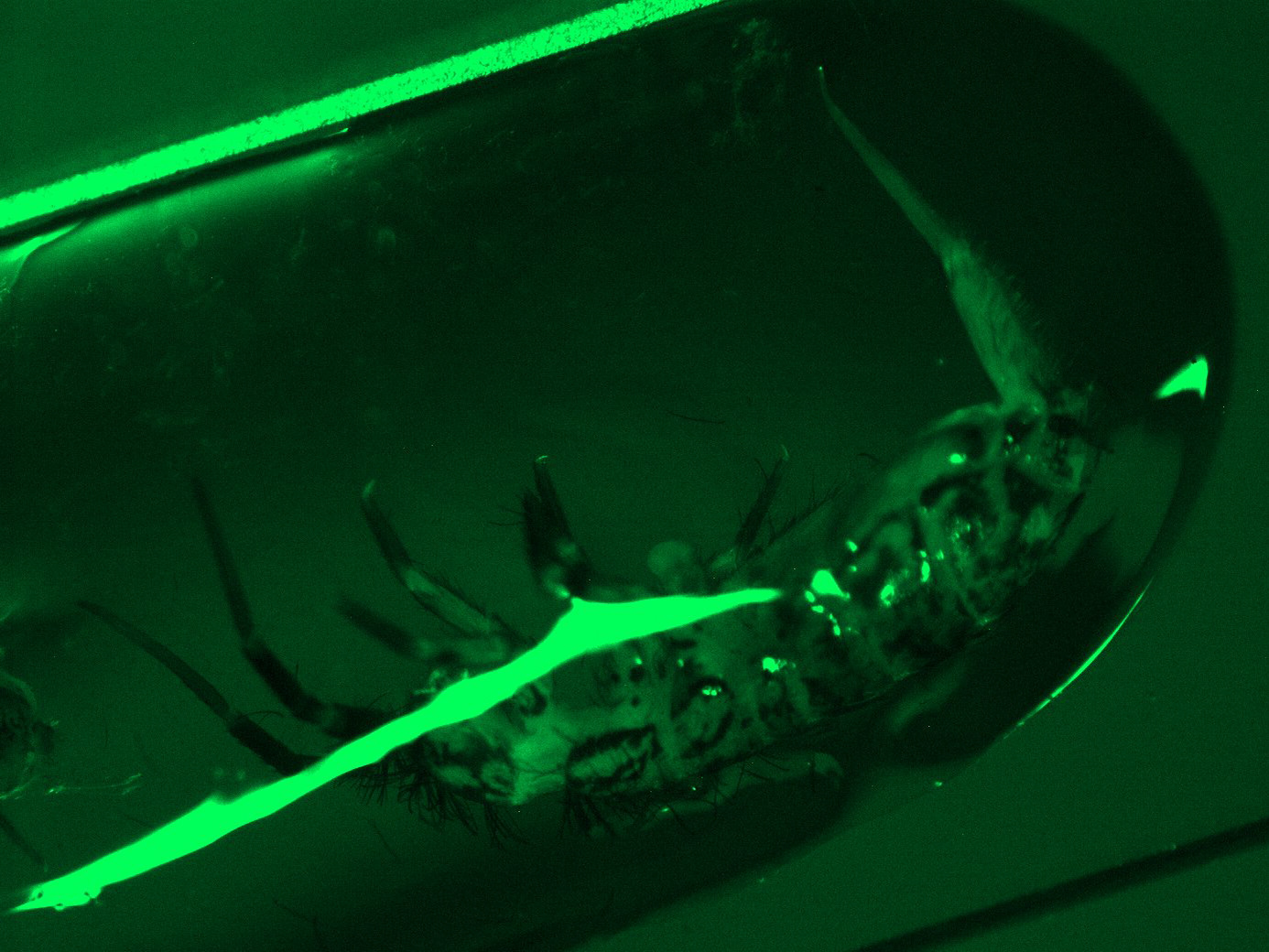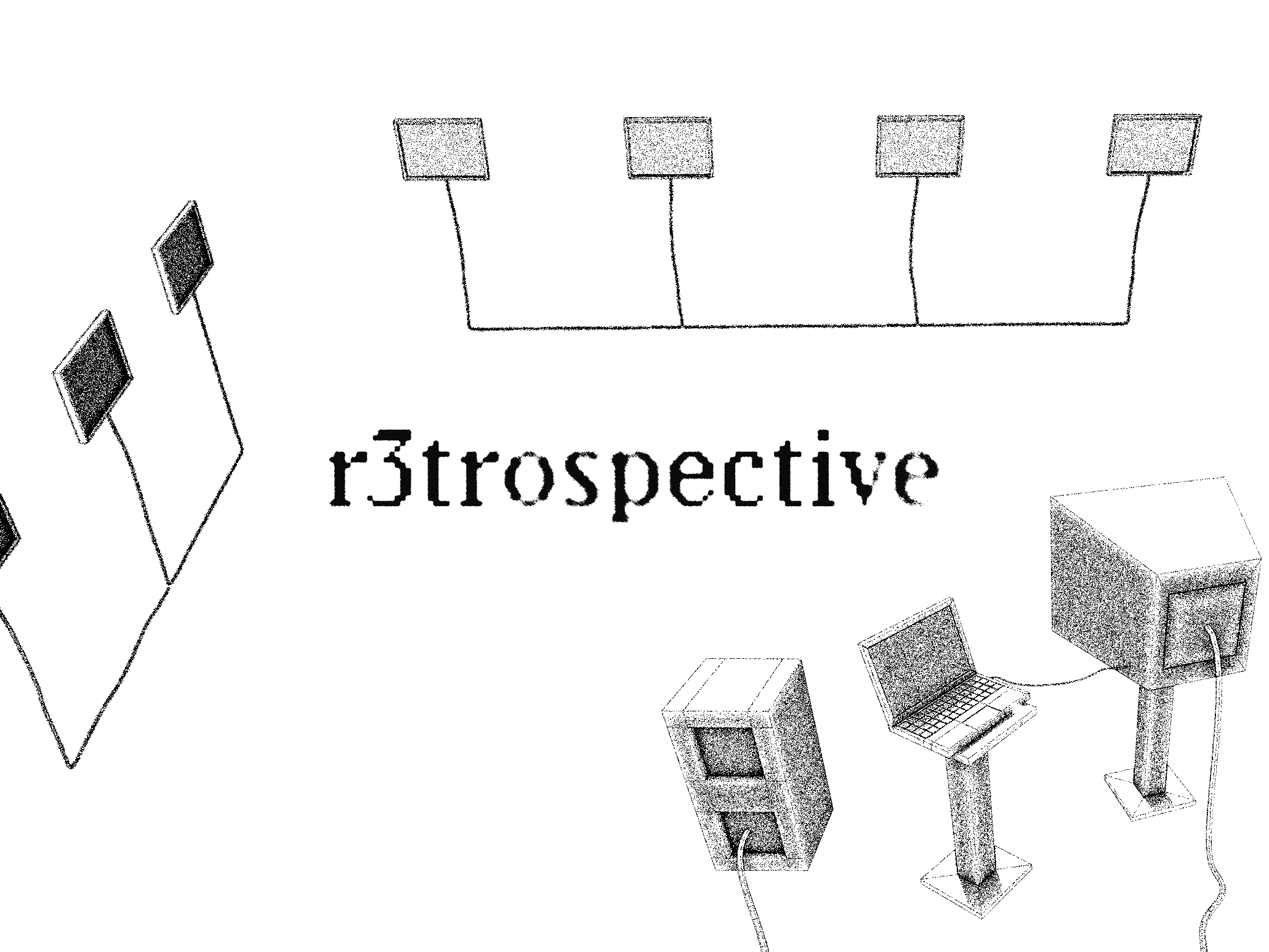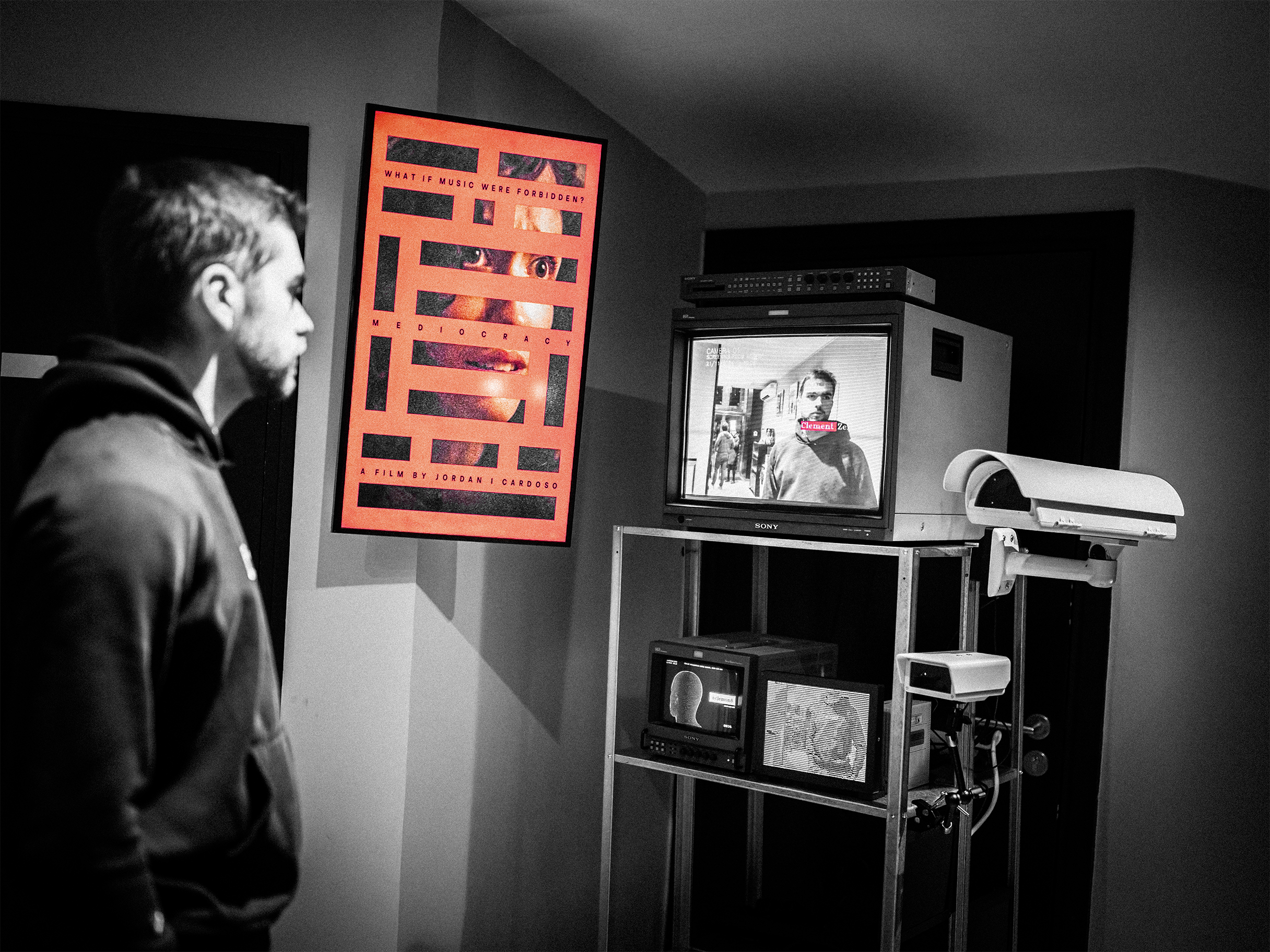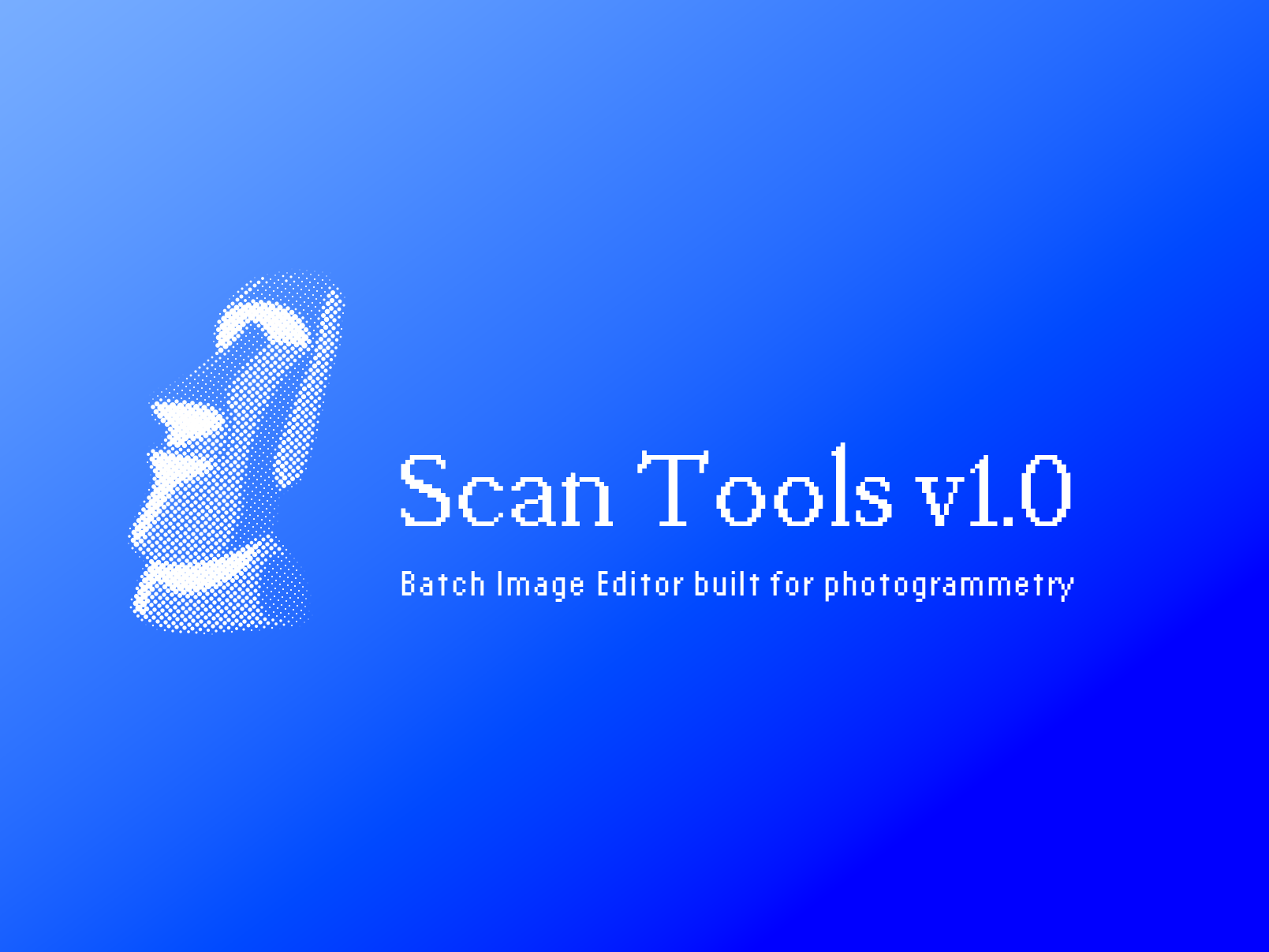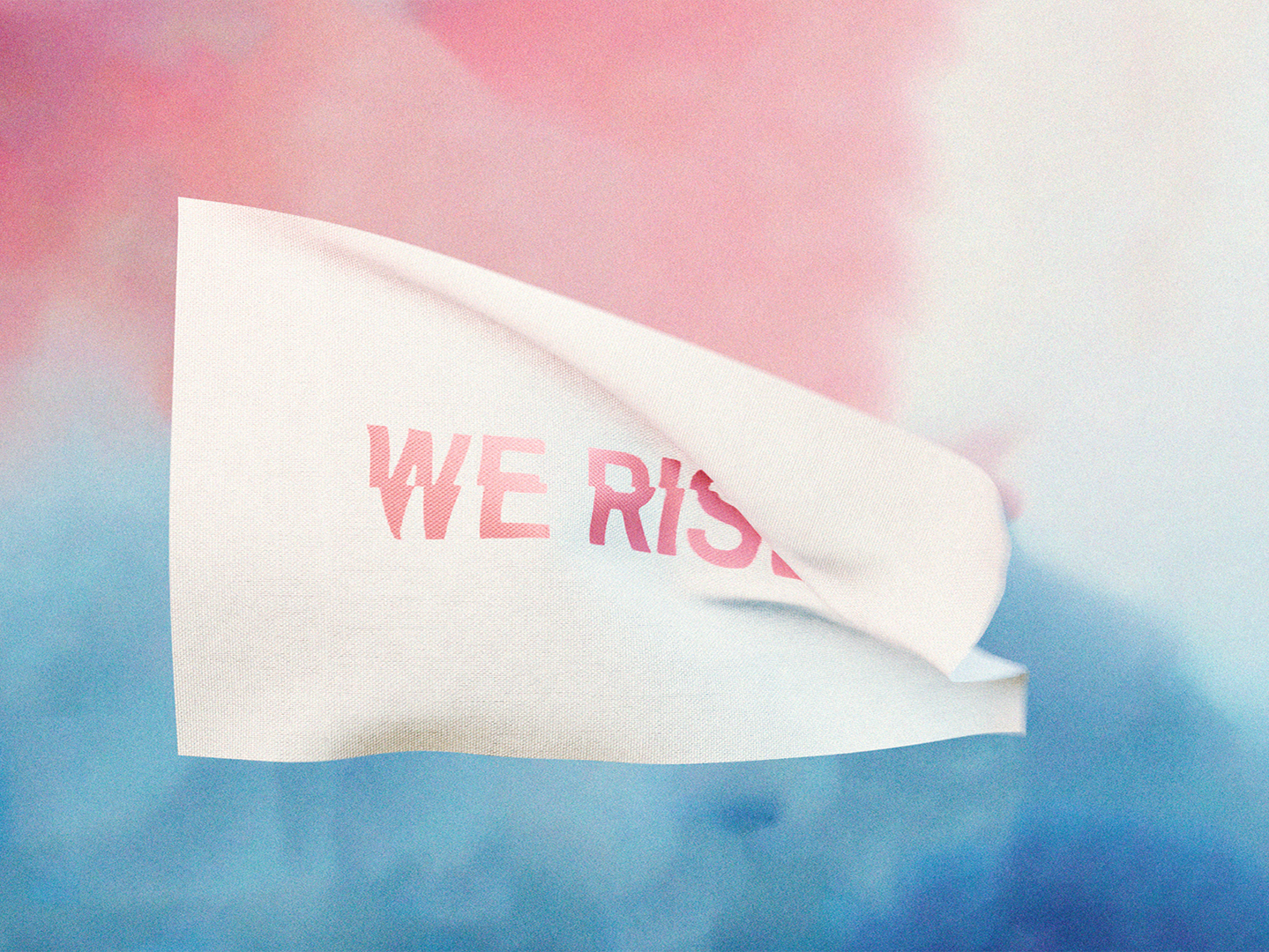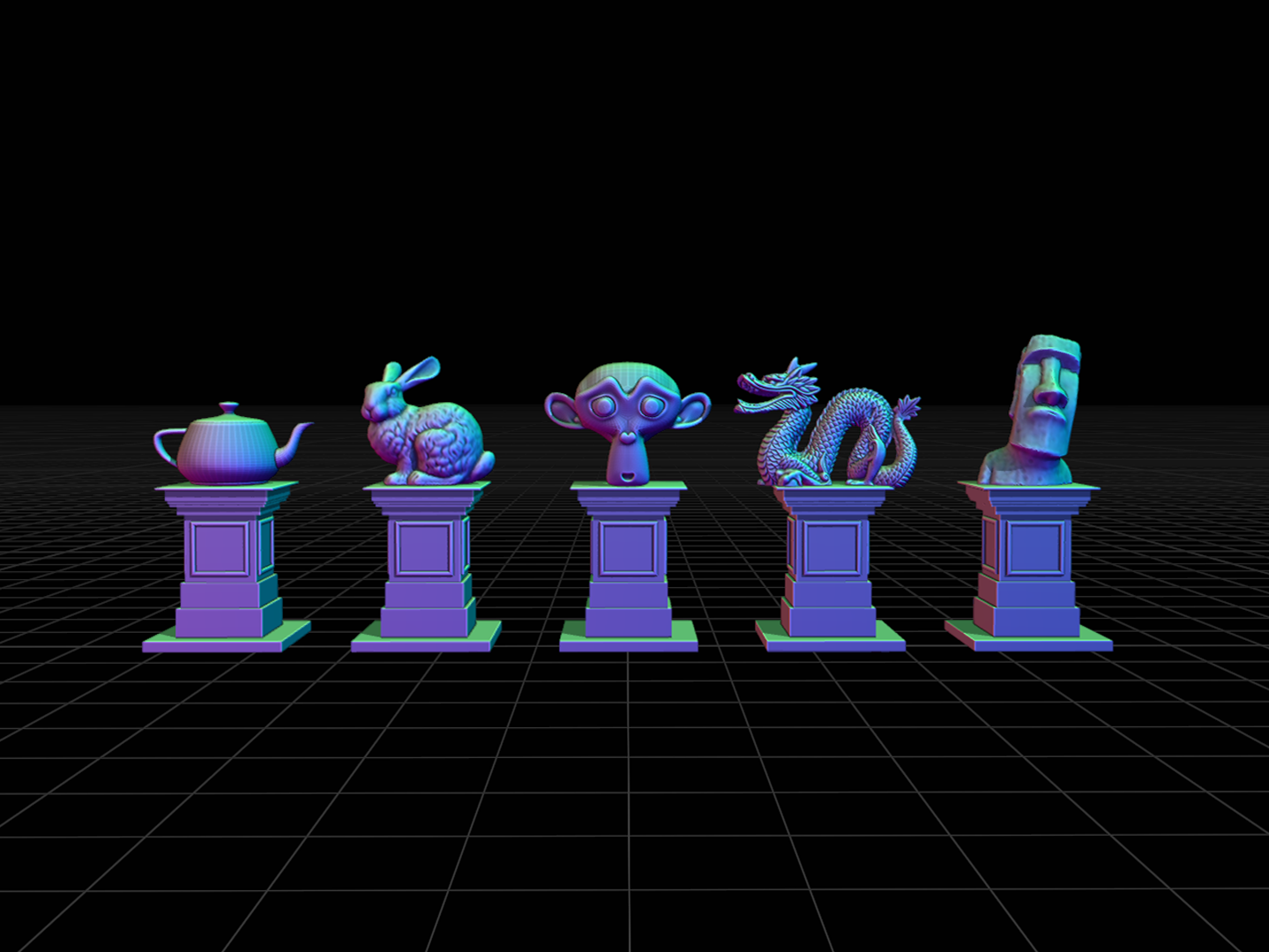During my apprenticeship at the Paris-based VFX studio REEPOST, I led the development of its photogrammetry and 3D scanning pipeline. Starting from scratch, this involved extensive research into state-of-the-art (SOTA) techniques, trial and error, and a strong focus on R&D and experimentation. After two years of development, the studio now boasts solid expertise across a wide range of scanning services, from props to environments - and soon, human scans.
This pipeline has already proven its value in production, with work showcased on projects for Amazon Prime, OCS, and Arte.
Studio with automated Cross-Polarization
To produce high-quality asset scans for props and medium-sized objects with consistent, reproducible results, we built a dedicated studio within the Paris office. Given space and budget constraints, I opted for a hybrid approach, combining turntable scanning with the 'scan in the void' method, paired with a multi-camera and lighting setup. This solution offers the best of both worlds: speed and a compact footprint. With custom-built software and optimized hardware, we can capture fully cross- and linear-polarized images, enabling advanced texture reconstruction.
Experimentation with multi-cameras (early stage of the studio)
4 view cross-polarized automated turntable setup
Cameras positioning with 4x52 views
Example of raw asset (not cleaned) captured with the studio setup
Raw Albedo, Normals and Clay
On Set Scans
Since many scanning requests couldn’t be accommodated in our studio for practical and size reasons, I also developed the portable photogrammetry pipeline designed with ease of use and shooting speed in mind, essential for working efficiently under tight time constraints.
To maintain the same high reconstruction quality as our in-house solution, I engineered most of the custom accessories myself, which were then manufactured in-house using 3D printing. The setup is fully equipped for cross-polarization and optimized to seamlessly integrate with our refined workflow.
We also have the capability to work with aerial photography, enabling us to reconstruct even larger 3D environments—whether it’s landscapes, architecture, or even boats.
Specular and Roughness Extraction from Cross and Linear Polarization
To further enhance the photorealism of our scans and streamline the pipeline, I upgraded the studio’s workflow with the ability to extract roughness/specular maps directly from the captures. This required revisiting feature matching algorithms like SIFT, SURF, and others, alongside a deep dive into the fundamentals of PBR roughness and specular calculations. This advancement significantly reduces the need for manual re-texturing, allowing material properties to be accurately captured and processed automatically.
Extracted maps
Beauty Render (V-Ray)
Face Scans Pipeline
One of the most recent advancements in our scanning pipeline focuses on capturing human faces, a particularly challenging task due to subtle movements and the exceptionally high level of detail required for photorealistic actor reproduction. The next objective is to integrate this process into a MetaHuman pipeline, enabling advanced rigging, grooming, and high-fidelity rendering.
Calibration of the setup
Head support with april tags
Raw dataset
Raw reconstruction
